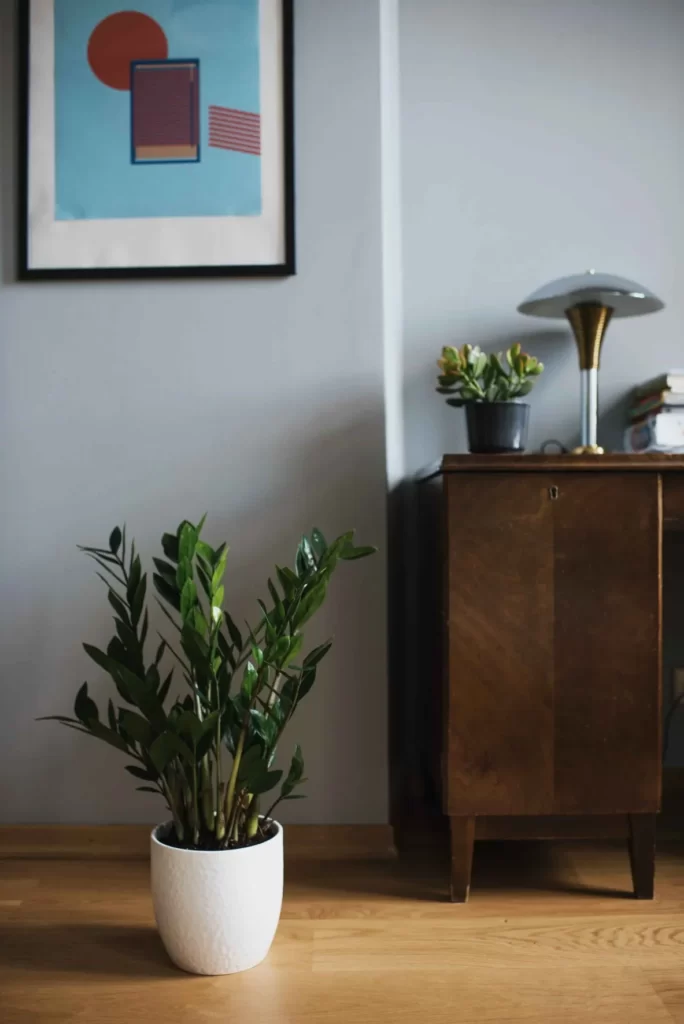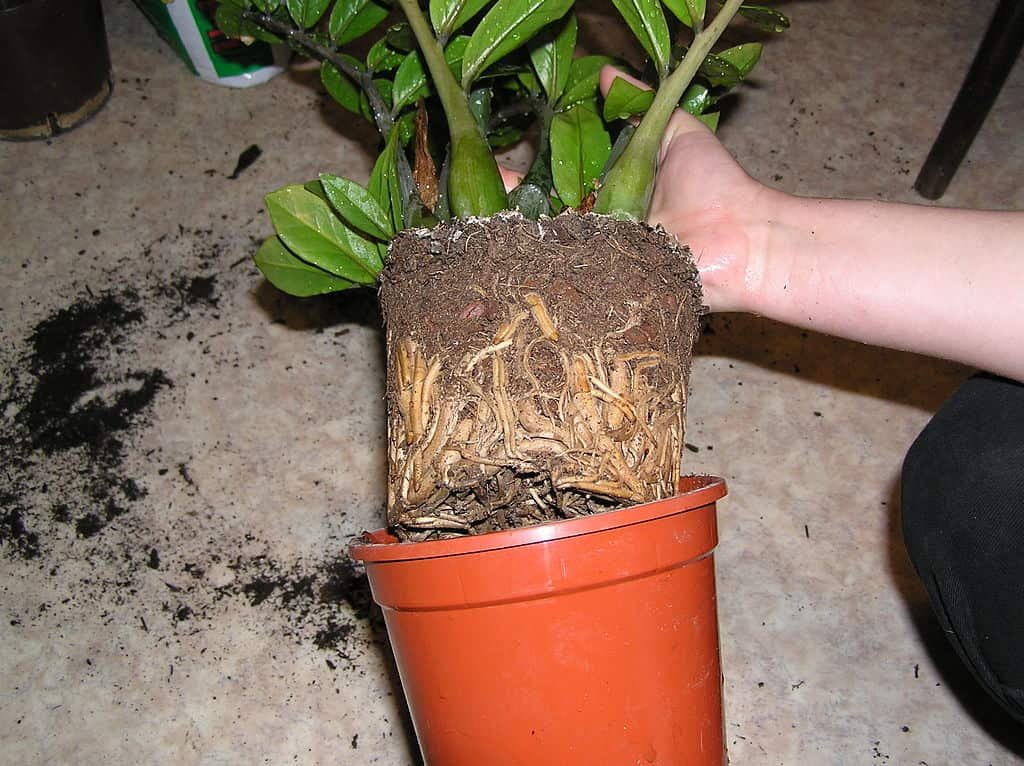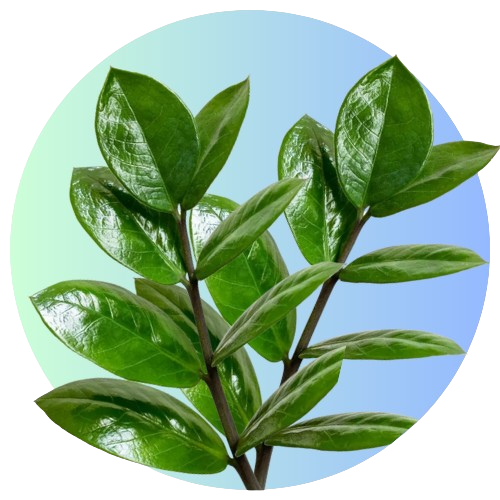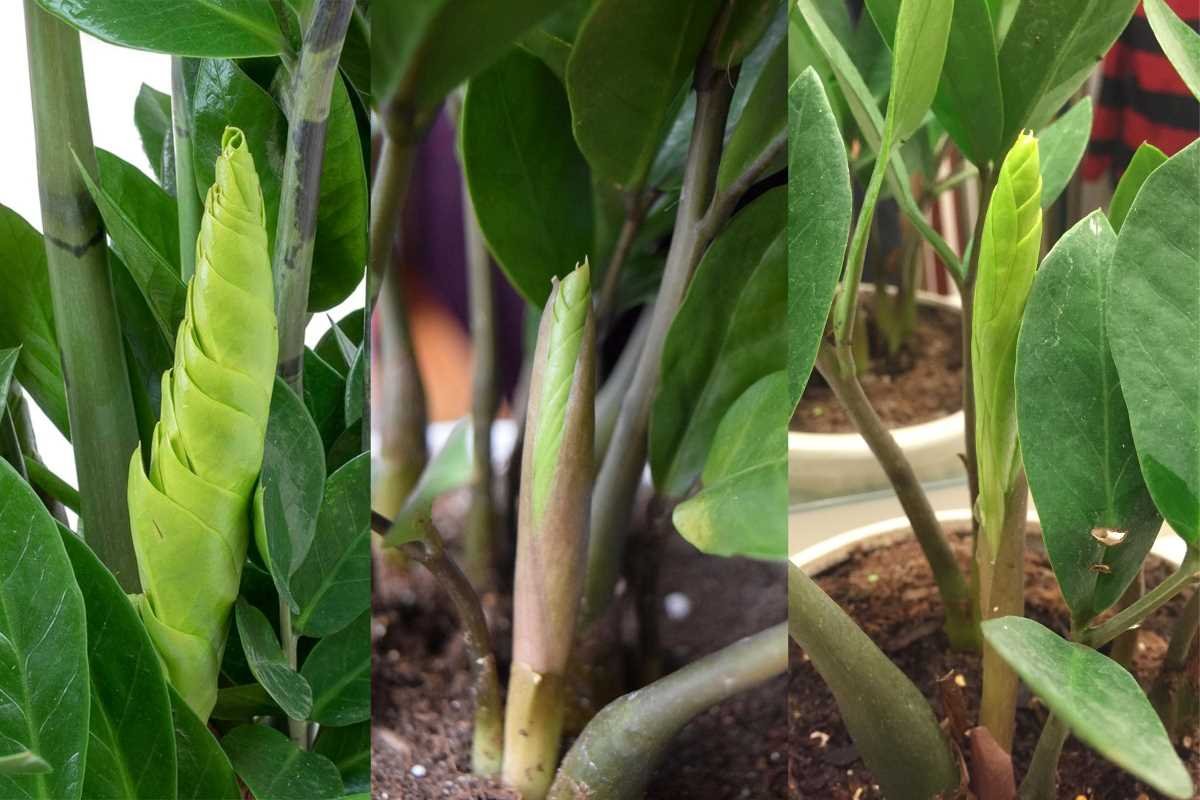ZZ plants, also known as Zamioculcas zamiifolia, are known for their hardiness and easy maintenance. They can survive in a wide range of conditions and are considered one of the best low-light plants for indoor gardens.
However, if your ZZ plant is not growing, it can be frustrating and leave you wondering what went wrong.
In this article, we will explore the common causes of a stagnant ZZ plant and provide solutions for getting it back on track.
How Fast Do ZZs Grow Actually?
The average growth rate of a ZZ plant is considered to be slow. On average, they grow at a rate of about 1 inch per year. This means that it can take several years for a ZZ plant to reach its mature size.
However, the growth rate of ZZ plants can vary depending on a number of factors such as the age of the plant, the growing conditions, and the health of the plant.
For example, if the plant is grown in optimal conditions, with proper light, temperature, water, and fertilization, it can grow faster. On the other hand, if the plant is grown in poor conditions, the growth rate can be slower.
It’s worth noting that while the growth rate of ZZ plants is slow, they do propagate easily, meaning that you can propagate your own new plants by taking stem cuttings and rooting them in water or soil.
This will give you a new plant and you can enjoy the beauty of a fully grown ZZ plant in a shorter time than waiting for it to grow from a small one.

Why Is Your ZZ Plant Not Growing? Causes And Solutions
There are a few reasons for the slow growth of ZZs. Here are we discuss those reasons and their solutions one by one:
Overwatering or Underwatering

One of the most common causes of a stagnant ZZ plant is improper watering. ZZ plants are native to arid regions of Africa and are accustomed to infrequent watering.
Overwatering can cause the roots to rot and suffocate, while underwatering can cause the leaves to wilt and the plant to become stunted.
To determine if this is the issue, it is important to check the soil moisture level. If the soil is consistently wet or waterlogged, then you may be overwatering your plant.
On the other hand, if the soil is dry and the leaves are wilting, then you may be underwatering your plant.
To solve this issue, it is important to understand the specific needs of your plant based on the environment and potting mix.
A general rule of thumb is to wait until the top inch of soil is dry before watering, and to make sure the pot has drainage holes to prevent standing water.
Additionally, it is important to be mindful of the humidity levels in the room where your ZZ plant is located. If the humidity is too low, the plant may dry out more quickly, and may require more frequent watering.
Poor Lighting Conditions

Another common cause of a stagnant ZZ plant is insufficient lighting. ZZ plants are tolerant of low light conditions, but they do need some light to thrive. If your plant is not getting enough light, it can cause the leaves to turn yellow and the plant to become leggy.
To determine if this is the issue, it is important to check the location of your plant. Is it placed in a spot that receives bright, indirect sunlight or artificial light? If not, then this could be the problem.
To solve this issue, place your plant in a spot that receives bright, indirect sunlight or use artificial light.
Additionally, if your ZZ plant has been placed in a location that does not receive enough light, it may be necessary to provide it with additional light through the use of grow lights.
Pest Infestation
Pest infestation is another common problem that can cause a stagnant ZZ plant. Common pests include spider mites, mealybugs, and scale.
These pests can cause damage to the leaves and stunt the growth of the plant. To determine if this is the issue, it is important to inspect your plant regularly for signs of infestation.
Some signs of infestation include small webs on the leaves, small white or brown bugs, or small, raised bumps on the leaves or stem.
To solve this issue, you can use an appropriate pesticide or natural remedy to eliminate the pests.
Additionally, it is important to keep the surrounding area clean and free of debris, as this can attract pests and make it easier for them to infest your plant.
Nutrient Deficiencies

Another potential cause of a stagnant ZZ plant is a lack of essential nutrients. ZZ plants require a balanced mix of nutrients in order to thrive, including nitrogen, phosphorus, and potassium.
If your plant is not getting enough of these nutrients, it can cause the leaves to yellow and the plant to become stunted.
To determine if this is the issue, it is important to check the soil or potting mix that your plant is in. Is it rich in nutrients and well-draining? If not, then this could be the problem.
Additionally, it is important to consider how long the plant has been in the same potting mix and whether or not it has been fertilized recently.
To solve this issue, it may be necessary to repot your ZZ plant into a fresh potting mix that is rich in nutrients.
Additionally, you can fertilize your plant with a balanced, water-soluble fertilizer that is specifically formulated for indoor plants.
It is also important to remember not to over-fertilize, as this can also cause damage to the plant.
Incorrect Temperature and Humidity Levels
Incorrect temperature and humidity levels can also cause a stagnant ZZ plant. ZZ plants prefer temperatures between 60-75 degrees Fahrenheit and humidity levels around 50%.
If the temperature is too cold or too hot, or if the humidity is too low or too high, it can cause the plant to become stunted and the leaves to yellow.
To determine if this is the issue, it is important to check the temperature and humidity levels in the room where your plant is located. Are they within the optimal range for a ZZ plant? If not, then this could be the problem.
To solve this issue, you can adjust the temperature and humidity levels in the room to match the needs of your plant.
For example, you can use a humidifier to increase humidity, or place your plant in a spot that receives more or less sunlight to adjust the temperature.
Additionally, you can also group plants together to increase humidity, as plants release moisture through transpiration.
Too Much Direct Sunlight
While ZZ plants can tolerate short periods of direct sunlight, they can become damaged if exposed to too much sun.
Direct sunlight can cause the leaves to become scorched, which can lead to yellowing and a stagnant growth.
Additionally, too much sunlight can cause the soil to dry out too quickly, making it difficult for the plant to absorb the necessary water and nutrients.
To determine if this is the issue, check the location of your plant. Is it in a spot that receives a lot of direct sunlight? If so, then this could be the problem.
To solve this issue, you can move your plant to a spot that receives bright, indirect light.
You can also use sheer curtains or blinds to filter the sunlight or place your plant behind a larger plant to provide some shade.
Repotting Shock

Another reason for a stagnant ZZ plant could be due to repotting shock. ZZ plants are sensitive to changes in their environment and may struggle to adapt to a new pot or potting mix.
This can lead to a period of slow growth or even stunted growth.
To determine if this is the issue, consider when you last repotted your plant and if the plant has shown signs of stress or stunted growth since the repotting.
To solve this issue, it’s important to be gentle when repotting your ZZ plant and to not over-pot the plant. Make sure that the new pot is not much larger than the previous one and that you are using a well-draining potting mix.
Additionally, provide the plant with extra care and attention during the first few weeks after repotting to help it adjust to its new environment.
Age of the Plant
Lastly, it’s also important to consider the age of the plant. Like all living things, ZZ plants have a natural growth cycle and may slow down or stop growing at certain points in their life.
To determine if this is the issue, consider how long you’ve had your plant and if it’s showing signs of maturity, such as yellowing leaves or fewer new leaves.
To solve this issue, there’s not much you can do to encourage growth in an older plant. However, you can still provide it with proper care and attention to keep it healthy and maintain its appearance.
It’s also worth noting that older plants may also require more attention and care to keep them healthy. Keep an eye out for pests, nutrient deficiencies, and watering requirements.
FAQs:
Common causes of a stagnant ZZ plant include overwatering, underwatering, poor lighting conditions, pest infestations, nutrient deficiencies, and incorrect temperature and humidity levels.
Signs of overwatering in a ZZ plant include yellowing leaves, mushy or rotten roots, and a mushy or soggy soil. Additionally, the pot may also feel heavy and waterlogged.
Signs of underwatering in a ZZ plant include dry, brown, or crispy leaves, and a dry, crumbly soil. Additionally, the pot may feel light and not retain water.
ZZ plants prefer bright, indirect light, but can tolerate low light conditions. They can tolerate short periods of direct sunlight, but can become scorched if exposed to too much sun.
Signs of a pest infestation in a ZZ plant include small, dark bugs on the leaves or stem, white or sticky residue on the leaves, and discolored or distorted leaves.
ZZ plants require a balanced mix of nutrients to thrive, including nitrogen, phosphorus, and potassium.
ZZ plants prefer temperatures between 60-75 degrees Fahrenheit and humidity levels around 50%.
Conclusion
ZZ plants are known for their hardiness and easy maintenance, but if your plant is not growing, it can be frustrating.
By understanding the common causes of a stagnant ZZ plant and implementing the solutions outlined in this article, you can get your plant back on track and enjoy its lush, green growth.
Remember to check the soil moisture, lighting conditions, pest infestation, nutrient deficiencies, and temperature and humidity levels, as these are all factors that can affect the growth of your ZZ plant.
With proper care and attention, your ZZ plant will thrive and bring a touch of green to your indoor garden.

